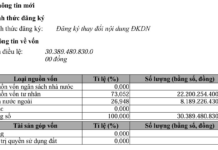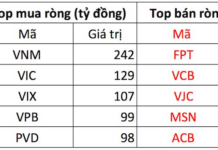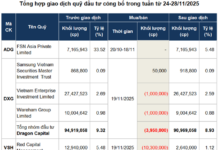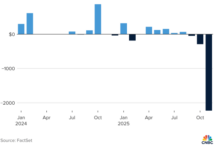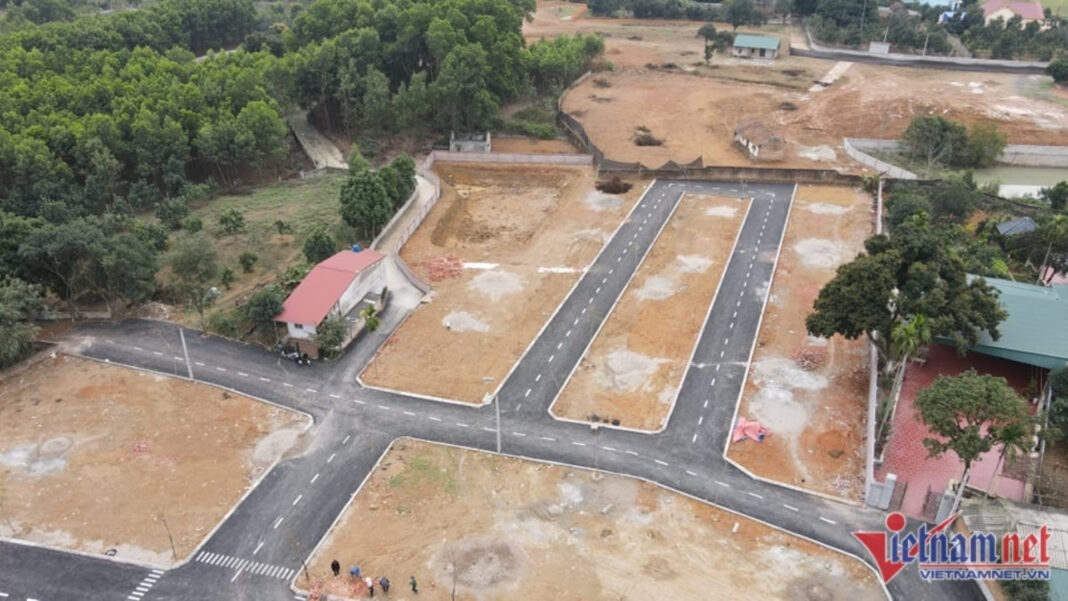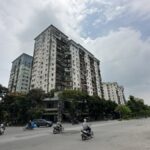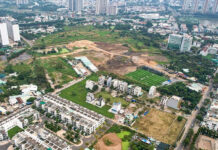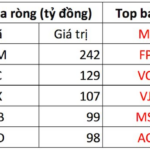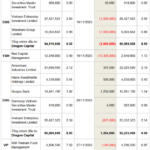Hanoi is seeking feedback on a draft regulation regarding the conditions for land division and consolidation, as well as the minimum area and dimensions for division, applicable to different types of land.
According to the draft, if a land division does not create a new access route in a ward or town, the plot must meet certain requirements: a minimum length of 4 meters, a minimum width of 4 meters abutting the road, and an area outside the red line boundary of no less than 50 square meters. This proposed minimum area is higher than the current standard of 30 square meters applied by the city.
In plain communes, the minimum area is set at 80 square meters, while in midland communes, it is 100 square meters, and in mountainous communes, it is 150 square meters.
The Hanoi Department of Natural Resources and Environment has stated that the draft closely follows Article 220 of the 2024 Land Law, which regulates land division and consolidation. In addition to complying with criteria on area and technical infrastructure, careful consideration must also be given to urban planning and living space.
Mr. Nguyen Van Dinh, a real estate legal expert, opined that tightening the conditions for land division and increasing the minimum area for division in wards and towns will contribute to the sustainable development of urban areas and enhance the quality of life for residents. It will also help prevent overloading the technical and social infrastructure and create a mechanism to curb the rampant practice of land division and lot subdivision, which disrupts urban planning in central areas.
From a market perspective, Mr. Minh Dong, director of a real estate agency in Tay Ho District, shared that plots measuring 30-40 square meters have always been highly liquid, with transactions mostly coming from buyers seeking practical living spaces. These plots are affordable and allow for the construction of multiple floors to increase usable space.
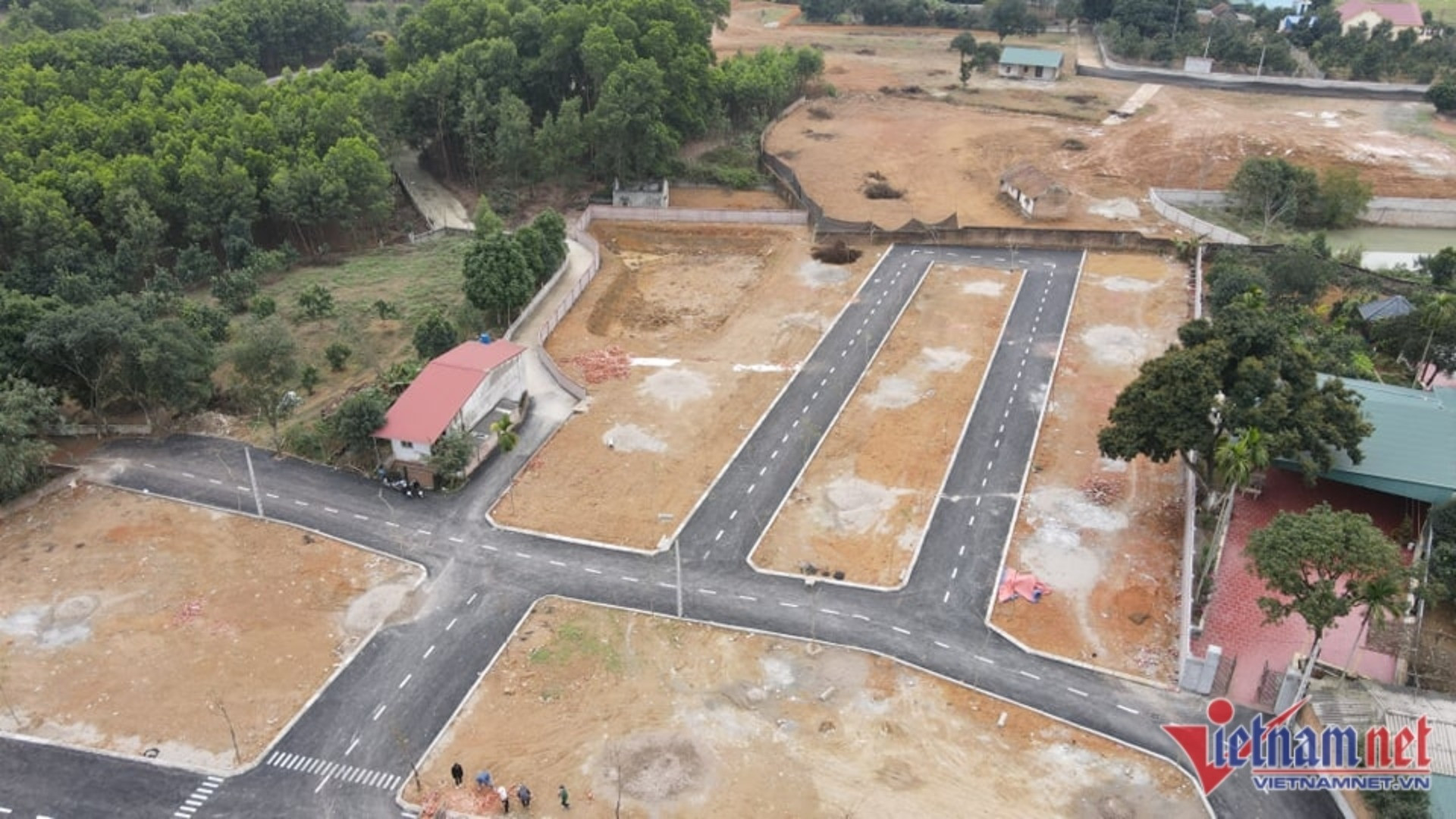
Hanoi seeks feedback on the draft regulation regarding land division conditions, minimum area, and dimensions for division by land type. Photo: Hong Khanh |
According to Mr. Dong, land divided by owners is also considered a type of land plot. In reality, many plots measuring 90-150 square meters, which were divided and sold by investors in the past, have been very popular among buyers.
“However, with the proposed increase in the minimum area for division, a 99-square-meter plot would no longer qualify for division into two lots. Investors will have to purchase larger plots, requiring a more substantial capital investment,” Mr. Dong analyzed.
A leader of a real estate company in Hanoi pointed out that the 2024 Land Law stipulates multiple conditions for land division, and the strict regulations on lot subdivision in special municipalities and type I, II, and III cities, effective from August 1st, could potentially limit the supply in the market. As a result, the prices of already divided and subdivided land plots may increase.
Moreover, the real estate prices in Hanoi have surged and remained high. The proposed increase in the minimum area for division in wards and towns could further exert pressure on those seeking residential land, affecting the ability of many families to acquire housing.
Real estate experts suggested that the new regulation should strike a balance between meeting the legitimate needs of residents for land division and preventing abuse, irregularities, and disruptions to urban planning. Therefore, it is essential to thoroughly survey public opinions, especially those from residents in the wards and towns within the city’s jurisdiction, regarding the proposed increase in the minimum area for division.
“Technical Barrier” Necessary for Sustainable Urban Development
According to expert Nguyen Van Dinh, when evaluating a policy, it is crucial to consider both its legality and rationality.
“Regarding legality, the Hanoi People’s Committee is authorized to issue regulations on the conditions and minimum area for land division and consolidation under Article 220 of the 2024 Land Law,” Mr. Dinh stated.
Analyzing the rationality of the policy, the expert explained that Hanoi is consistently implementing policies aimed at reducing the growth of the floating population, particularly in the inner city, to ensure a high quality of life and preserve the cultural and historical values of the capital.
“Previously, the Hanoi People’s Council issued Resolution No. 10 in 2023, stipulating the minimum housing area for permanent residence registration. For rented, borrowed, or accommodated housing, the minimum area per floor per person is 15 square meters in the inner city and 8 square meters in the outer city.
Increasing the minimum area for land division serves a similar purpose, helping to curb population growth. Without controlling the population, the infrastructure will be overloaded. The city’s establishment of “technical barriers” to manage population growth is necessary and within its authority,” Mr. Dinh emphasized.
Hong Khanh
What is the Minimum Lot Size for a Red Book in Binh Dinh Province?
The People’s Committee of Binh Dinh Province has set out regulations regarding minimum land sizes and dimensions for subdivided land plots. These new rules stipulate that residential land plots in urban areas must maintain a minimum area of 40 square meters, with a minimum frontage and depth of 3 meters post-subdivision.
“A Tale of Two Cities: Hanoi’s Credit Growth Outpaces Ho Chi Minh City in the First Eight Months”
The capital city of Hanoi witnessed an impressive surge in credit growth, outpacing Ho Chi Minh City by nearly threefold.












